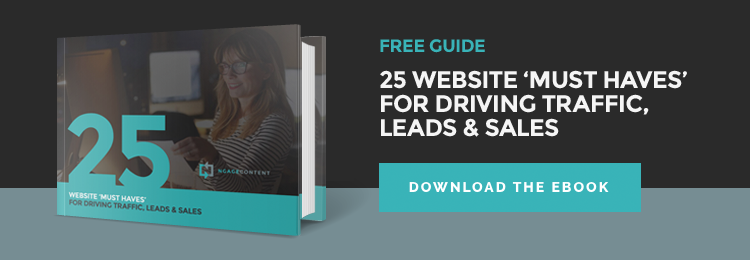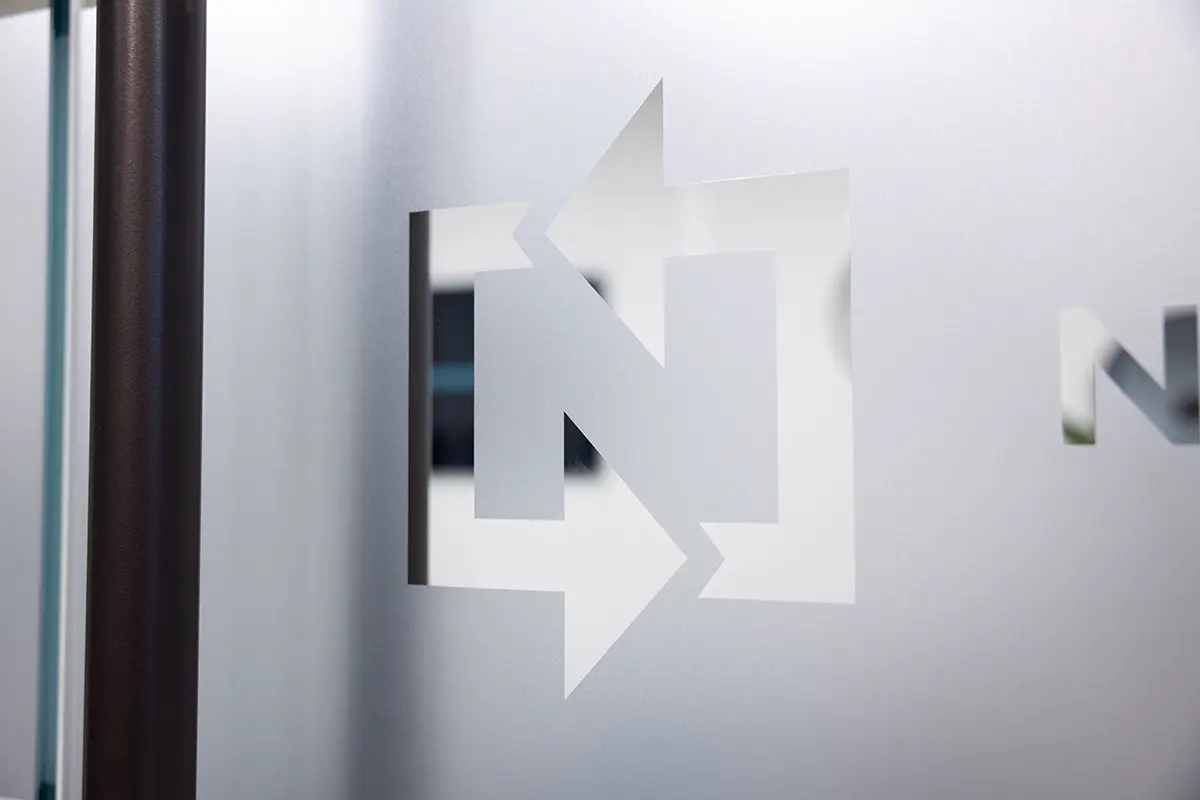The 404 is no more, you’re creating engaging content, and your inbound marketing website efforts for your business are helping you get found online. In the first post of this series, we covered what it takes to get found online. But now that you’ve been found, what happens next?
Next, you’ve got to get them to stay there! Generating inbound website traffic is sweet; getting that traffic to convert into leads and sales is even sweeter. Plus, this is your chance to showcase what you’re all about and why you’re the answer to your customer’s problem.
Remember, that person navigated to your website for a reason. They’re there to take a look — but they won’t look twice if the site isn’t visually-pleasing, easy-to-navigate and chock-full of useful content.
User experience is crucial. It varies by industry, but most websites have an average bounce rate of 30-60 percent. If you’re not careful, a lot of people who enter your site will leave without navigating to any other pages. And many times they may never come back.
Want to improve user experience and decrease your bounce rate? Focus on the design and usability of your website. Here’s how.
(If you missed the first five tips in this series, check them out here before diving into part 2.)
6. THE FIRST (WEBSITE) IMPRESSION
You never get a second chance to make a first impression. Sure, that’s cliché, but it’s as true for your website as it is in real life. Your inbound marketing website represents who you are and what you offer. It’s where you prove you’re credible, trustworthy, and professional. Of course, you want to favor substance over style, but when it comes to first impressions, looks matter. In fact, a study conducted by Stanford University and Consumer Web Watch found that a website’s aesthetics were more important than credibility indicators like privacy policies, awards, or certifications. Still, flashy colors and fancy animations do not a website make. While design is important, great content is what your visitors are ultimately after. But, yeah, it’s got to look good too.
Here are a few tips for great website design:
Proper use of colors: Use the right colors (two to four, ideally) and draw attention to select elements. Avoid a chaotic mix — if you try to make everything jump out, nothing will stand out.
Animations, gadgets and media: Avoid anything unnecessary, including animated backgrounds or background music. Only use media and animations to help support content and information.
Layout: Create a clear navigation structure and organize page elements in a grid fashion. Above all, avoid clutter — white space is not a sin!
Typography: Make sure your website is legible. Use fonts, font sizes and font colors that are easy to read, utilizing bullet lists, section headers, and short paragraphs.
7. MAINTAIN CONSISTENCY
Keep all the elements of your site — colors, sizes, layout and placement of those elements — fairly consistent from page-to-page. Navigation should remain in the same location throughout your website. For layout structure, typically three page layouts exist for most websites: one for the homepage, one for content pages and one for form pages. Keep the elements in these layouts constant. This will help keep your visitors from feeling lost.
8. USING THE RIGHT IMAGES FOR YOUR INBOUND MARKETING WEBSITE
Ready for the next cliché? A picture is worth a thousand words. Strong imagery can be a powerful, but wrong imagery can be awful. Considering stock photography? Marketing Experiments performed a test comparing the use of stock photography versus real imagery on a website and each of their effects on lead generation. The results? Photos of real people out-performed the stock photos by 95 percent! Every picture on your site is transmitting a message to your audience, so only use meaningful imagery and skip the photos of fake smiling business people.
9. NAVIGATION
You want people exploring your site, searching around for the information they need. Make it easy for them. Because if people can’t find what they are looking for, they will give up and leave. Don’t believe it? Over three-quarters of survey respondents from a recent HubSpot study say that the most important element in website design is ease in finding information.
Here’s how to make your navigation more navigable:
- Keep the structure of your primary navigation simple (and near the top of your page).
- Include navigation in the footer of your site.
- Use breadcrumbs on every page (except for the homepage) so people are aware of their navigation trail.
- Include a Search box near the top of your site so visitors can search by keywords.
- Don’t offer too many navigation options on a page.
- Don’t dig too deep — in most cases it’s best to keep your navigation to no more than three levels deep.
- Include links within your page copy and make it clear where those links go to. This is also great for SEO!
- Avoid use of complicated JavaScript and especially Flash for your navigation. Many mobile phones can’t see Flash (yet), thus they won’t be able to navigate your website. Same applies to web browsers that don’t have an updated version of Flash installed.
10. FLASH AND ANIMATION
There’s no doubt that a cool flash animation can be very eye-catching. It can also be very distracting. Many people simply don’t want to be bothered with unexpected noises and animations. Keep the animation to a minimum and only use when necessary. If you must have it, consider HTML5, if applicable. It’s a great browser-compliant alternative to Flash.
11. ACCESSIBILITY
In order to gain significant traffic, your site needs to be compatible with multiple browsers and devices. With growth in mobile phones and tablet devices, people are surfing the internet more than ever before. Make sure to get some of those views by allowing everyone to view your site, no matter what kind of system they run or which browser they use.
OK, you’ve got people navigating to your site and you’re keeping them there. In Part 3 of this series, we’ll show you how to create killer website content that turns prospects into leads.


